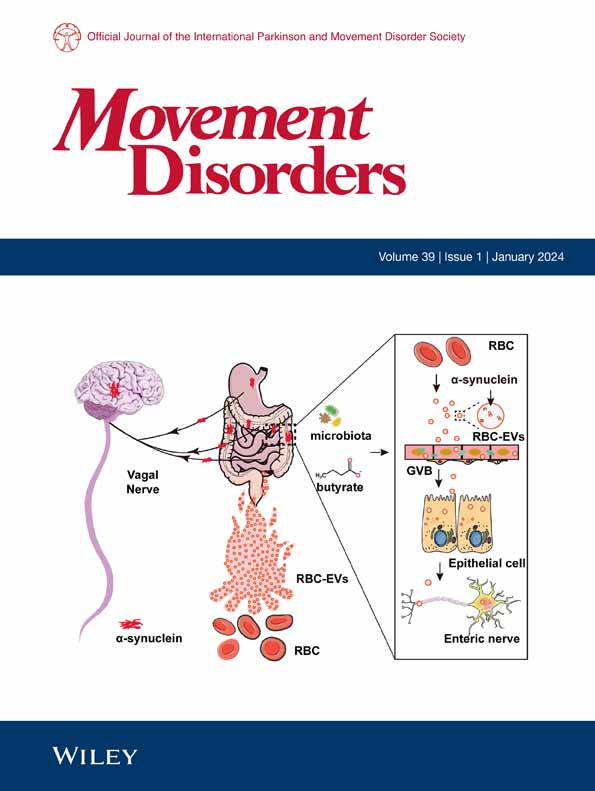Clinical Utility of Neurophysiologic Classification (and Declassification) of Myoclonus
IF 7.4
1区 医学
Q1 CLINICAL NEUROLOGY
引用次数: 0
Abstract
BackgroundMovement clinical neurophysiology studies can distinguish myoclonus, tremor, and other jerky movements; however, there has been limited demonstration of their real‐world clinical impact.ObjectiveThe aim was to investigate movement study utility in clarifying movement classification and guiding patient management.MethodA retrospective study of myoclonus‐related movement studies was performed.ResultsOf 262 patients referred for consideration of myoclonus, 105 (40%) had myoclonus, 156 (59%) had no myoclonus (the commonest alternative classifications were functional jerks and tremor), and 1 was uncertain. An additional 29 studies identified myoclonus without prior clinical suspicion. A total of 119 of 134 (89%) myoclonus patients had a specific neurophysiologic subtype identified, most commonly cortical (64, 54%). Diagnostic differential narrowed in 60% of patients, and a new diagnosis was made in 42 (14%) patients. Medication changes were made in 151 patients (52%), with improvement in 35 of 51 (67%) with follow‐up.ConclusionsMovement studies effectively determined movement classification and identified unsuspected myoclonus, leading to changes in diagnosis and management. © 2024 The Author(s).肌阵挛神经电生理分类(和解密)的临床实用性
背景运动临床神经生理学研究可区分肌阵挛、震颤和其他抽搐运动;然而,其对实际临床影响的证明却很有限。目的研究运动研究在明确运动分类和指导患者管理方面的作用。结果 在转诊考虑肌阵挛的 262 名患者中,105 人(40%)有肌阵挛,156 人(59%)没有肌阵挛(最常见的替代分类是功能性抽搐和震颤),1 人不确定。另有 29 项研究在没有临床怀疑的情况下发现了肌阵挛。在 134 名肌阵挛患者中,共有 119 人(89%)确定了特定的神经生理学亚型,其中最常见的是皮质亚型(64 人,54%)。60%的患者的诊断鉴别范围缩小,42 名患者(14%)得到了新的诊断。结论运动研究有效地确定了运动分类,并发现了未被察觉的肌阵挛,从而改变了诊断和治疗方法。© 2024 作者姓名运动障碍》由 Wiley Periodicals LLC 代表国际帕金森和运动障碍协会出版。
本文章由计算机程序翻译,如有差异,请以英文原文为准。
求助全文
约1分钟内获得全文
求助全文
来源期刊

Movement Disorders
医学-临床神经学
CiteScore
13.30
自引率
8.10%
发文量
371
审稿时长
12 months
期刊介绍:
Movement Disorders publishes a variety of content types including Reviews, Viewpoints, Full Length Articles, Historical Reports, Brief Reports, and Letters. The journal considers original manuscripts on topics related to the diagnosis, therapeutics, pharmacology, biochemistry, physiology, etiology, genetics, and epidemiology of movement disorders. Appropriate topics include Parkinsonism, Chorea, Tremors, Dystonia, Myoclonus, Tics, Tardive Dyskinesia, Spasticity, and Ataxia.
 求助内容:
求助内容: 应助结果提醒方式:
应助结果提醒方式:


